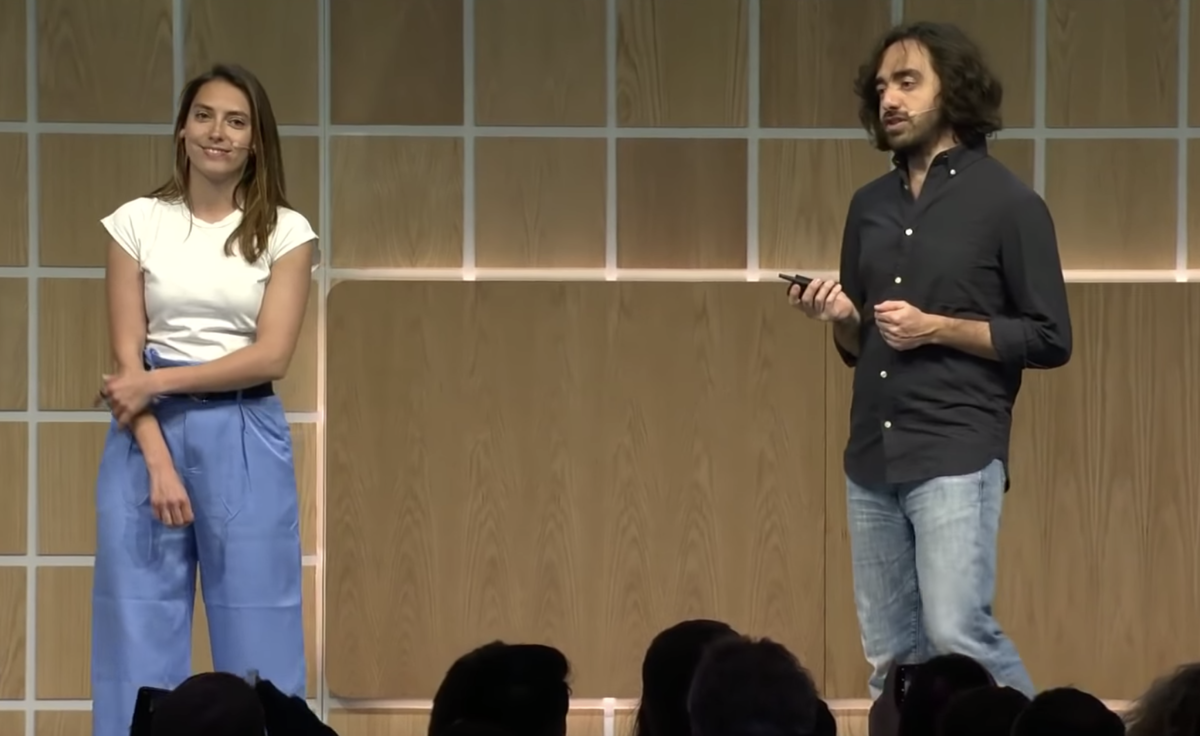
※Notes記事では、英語のセッション動画やポッドキャストの内容を(雑に)英語でメモに書き残すことを行っています。本記事は、あくまで動画を見ながら、参考程度に読んでいただくことを想定しています。Notes記事には雑メモ程度のものだったり、書き起こしのようなものもあります。これから実際の動画を見る際には、本記事の内容が少しでもお役に立てば幸いです。(内容において不備、誤字脱字等ありましたら気軽にご連絡いただけると嬉しいです!m(__)m)
本記事は、Build a Modular Android App Architecture (Google I/O'19)の記事です。
Why Modularize your app?
- People can specialize in certain sections of the application
- Maintainability
- grouping layouts based on features
- Faster compilation
- Faster CI
- Only modified module and the modules that depend on that module need to be tested.
- How we do it in AndroidX
- Discover dependency graph
- Find changed fines from Git History
- Execute all testes of affected modules
- URL: goo.gle/androidx-dependency-tracker
- Good for business
- Smaller APKs using the Android App bundle
- Isolated feature testing
How to modularize?
Dynamic Feature Module
- App can't depend on modules; modules depend on app
- onDemand="false", onDemand="true"
- Feature Modularization
Layer modularization
Isolation via modules
- api vs implementation
Feature modularization
- Encapsulation
- Possibility for dynamic delivery
Layer modularization
- Isolation to your app
- Structure to your app
If you are starting from the monolithic app
- Start with layer modularization
Working with dynamic feature modules
- Navigation
- starting activity
- setClassName
- starting fragment
- Class.forName()..
- Needs ProGuard
- No runtime performance hits
- starting activity
=> Currently working on it with navigation jetpack library to make this navigation as natural as possible.
Databases
- One common database
- Pros
- Very easy to maintain database connection
- Easy to share tables
- Cons
- No isolation between modules
- Feature specific entities are in shared domain
- Pros
- One database per module
- Pros
- Isolation between modules
- Cons
- Database connection maintenance
- Duplicate data
- Pros
- A hybrid approach
A bright feature with Room
- Multi-module databases with room
- Separate databases combined at runtime
- Cross-module database queries
- Not available yet
Android free modules
The benefits of it will be..
- Faster tests
- Minimize dependencies
- Separation of concerns
- Better abstractions
But do not do this if ..
- you don't have a use case for it / do not use it
- you don't have time; abstraction takes time
TL;DR
- Start re-writing your application in modules
- Just options
- Always keep your customers and users in your mind
所感・まとめ・個人的に印象に残ったことなど
- モジュール化することでCIでのテスト実行時間も短縮できそう
- DFM対応のプロジェクトの画面遷移の実装方法は、今後Navigation Architecture Componentsでより自然な形に改善されそう
- Roomには今後マルチモジュールを見据えた機能が追加されそう
- アーキテクチャが良いからという理由で☆5つをくれるユーザーはいないよ!何するにしてもユーザーのこと考えてね!が刺さった
以上です!